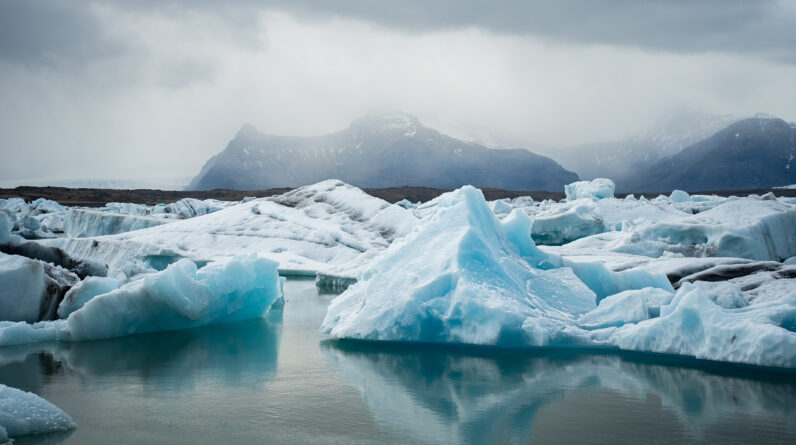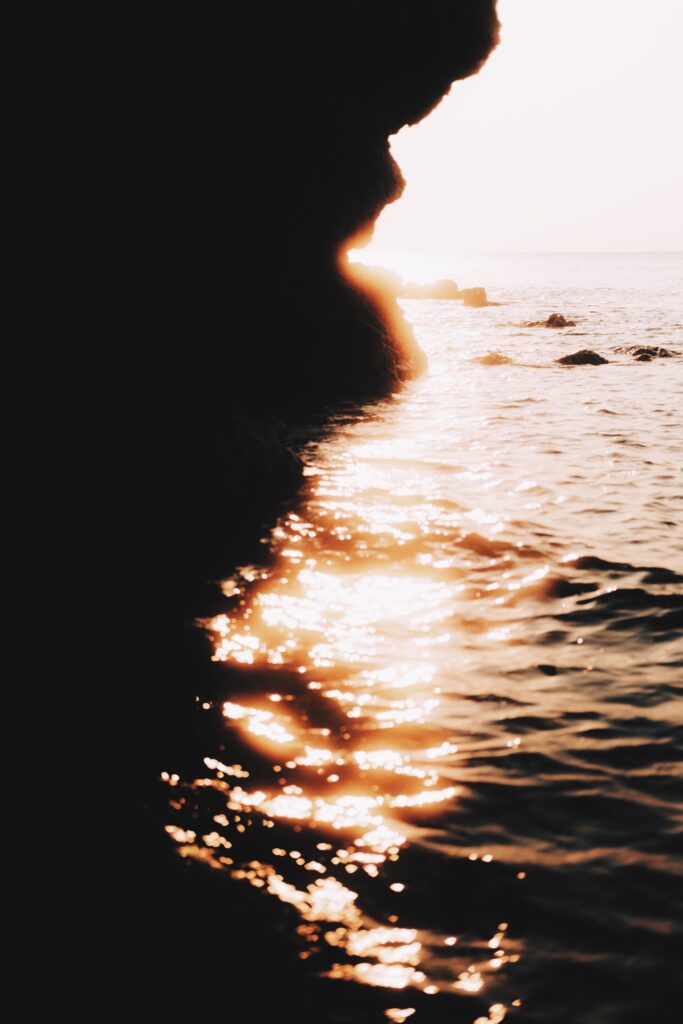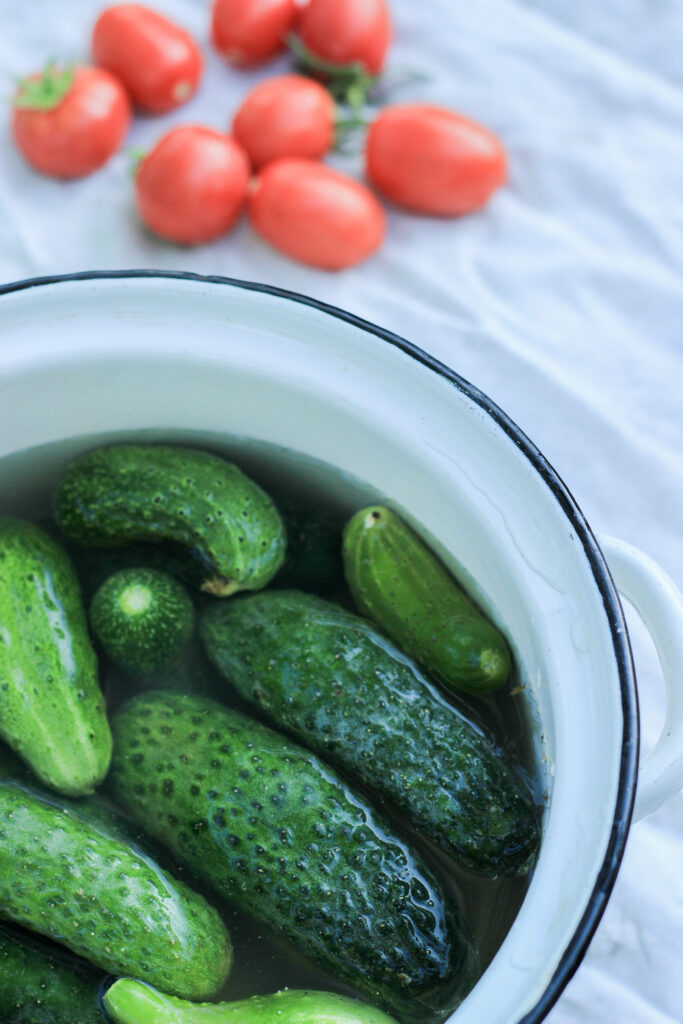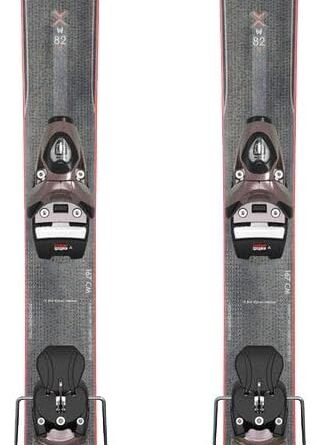
Are you ready to take your trick skiing to the next level? Look no further than this comprehensive guide on choosing the perfect water ski rope. From determining the ideal size to selecting the right style, we’ve got you covered. Whether you’re a seasoned pro or just starting out, finding the right rope is essential for executing those jaw-dropping tricks and taking your performance to new heights. So, let’s dive in and discover the key factors to consider when selecting the ideal water ski rope for trick skiing.
Factors to Consider When Choosing a Water Ski Rope
When it comes to water skiing, the right equipment can make all the difference in your performance and enjoyment on the water. One essential piece of equipment that often gets overlooked is the water ski rope. Choosing the right water ski rope is important for ensuring safety, optimizing performance, and overall enjoyment of the sport. There are several factors that you need to consider when selecting a water ski rope, and we’ll explore each of them in detail to help you make an informed decision.
Length
The length of your water ski rope plays a crucial role in your skiing experience. The ideal length will depend on various factors, including your skiing level, boat speed, and skill level.
Skiing Level
Your skiing level will determine the appropriate length for your water ski rope. If you are a beginner or an intermediate skier, it is generally recommended to opt for a rope length between 65 to 75 feet. This range allows for easier control and stability, helping you to build your skills and confidence on the water.
On the other hand, advanced skiers or those involved in competitive skiing may prefer longer ropes ranging from 75 to 85 feet. These longer ropes offer a greater challenge and allow for more freedom of movement, making them ideal for performing tricks and jumps.
Boat Speed
The speed at which your boat travels also plays a role in determining the proper length of your water ski rope. As a general rule, the faster the boat speed, the shorter the rope length should be. This is because higher speeds create more tension on the rope, so a shorter rope can help maintain control and prevent injury.
Skill Level
Your skill level is another important consideration. If you are a beginner, you may want to start with a shorter rope length to gain better control and stability. As you progress and develop your skills, you can gradually increase the length of your rope to challenge yourself and expand your capabilities.
Material
The material of a water ski rope affects its durability, strength, and overall performance. There are several different materials commonly used for water ski ropes, each with their own characteristics and advantages.
Polyethylene
Polyethylene is a commonly used material for water ski ropes due to its durability and versatility. It offers excellent resistance against UV rays and abrasion, ensuring a longer lifespan for your rope. It is also relatively affordable, making it a popular choice for beginners or those on a budget.
Polypropylene
Polypropylene is another popular choice for water ski ropes. It is known for its lightweight nature, floatability, and ability to resist rot and mildew. Polypropylene ropes are generally more affordable than other materials, making them a great option for recreational skiing.
Polyester
Polyester ropes offer a good balance between durability, strength, and flexibility. They are known for their resistance to UV rays and chemicals, making them suitable for use in various conditions. Polyester ropes are often chosen by intermediate to advanced skiers due to their robustness and performance capabilities.
Dyneema
Dyneema is a high-performance material that is incredibly strong and lightweight. It offers low stretch abilities, making it highly responsive and providing skiers with excellent control. Dyneema ropes are ideal for advanced skiers and those involved in competitive skiing, as they allow for precise movements and quick response times.
Spectra
Spectra is another high-performance material known for its strength and low stretch properties. Like Dyneema, Spectra ropes offer outstanding control and responsiveness. They are an excellent choice for advanced skiers who require maximum performance and reliability.
Handle Specifications
The handle of a water ski rope is where you will hold onto while skiing, and it is important to consider its specifications for comfort and control.
Handle Length
The length of the handle can impact maneuverability and control. Longer handles are typically preferred by skiers who enjoy wider turns and more stability, while shorter handles are favored by those who prefer sharper turns and quicker maneuvering.
Handle Diameter
The diameter of the handle affects grip and comfort. Thicker handles often provide a more secure grip, especially for skiers with larger hands or those who prefer a firmer hold. Thinner handles, on the other hand, offer increased sensitivity and control.
Grip
The grip of the handle is an important consideration for overall comfort. The handle should have a firm and ergonomic grip, ensuring that it won’t slip out of your hand even when wet. Some handles also offer additional features such as finger grooves or cushioning for added comfort during longer ski sessions.
Evaluating Stretch Characteristics
The stretch of a water ski rope can greatly impact your skiing experience, particularly in terms of responsiveness and control. There are different types of stretch characteristics to consider.
Elastic Stretch
Elastic stretch refers to the ability of the rope to stretch and then snap back to its original length. A rope with more elastic stretch can absorb shocks and provide a softer feeling when performing jumps or tricks, reducing the strain on your body.
Static Stretch
Static stretch refers to the amount of stretch that occurs in the rope under a constant load. Ropes with low static stretch tend to offer better control and response, as there is minimal elongation during pulls and turns.
Hybrid Stretch
Hybrid stretch ropes combine the characteristics of elastic and static stretch. These ropes aim to provide the best of both worlds, offering some shock absorption while maintaining good control and responsiveness. Hybrid stretch ropes are a popular choice among intermediate to advanced skiers.
Choosing the Right Diameter
The diameter of the water ski rope can have an impact on both performance and comfort. Here are a few factors to keep in mind when selecting the right diameter for your needs.
Impact on Performance
Thicker ropes generally offer more stability and control, making them suitable for skiers who enjoy aggressive maneuvers and high speeds. Thicker ropes also provide better resistance against abrasion and wear, ensuring a longer lifespan.
Thinner ropes, on the other hand, offer increased sensitivity and responsiveness. They are ideal for advanced skiers who require precise coordination and fine-tuned control.
Comfort and Control
Comfort is key when it comes to enjoying your water skiing experience. The diameter of the rope handle should be comfortable to grip, allowing you to maintain a secure hold without causing hand fatigue.
Additionally, the diameter of the rope itself should be considered for comfort. Thicker ropes may be too bulky for some skiers, while thinner ropes may feel too flimsy. Finding the right balance between comfort and performance is essential for an enjoyable skiing experience.
Additional Features to Consider
Aside from the main factors mentioned above, there are a few additional features that you may want to consider when choosing a water ski rope.
Color and Visibility
Opting for a brightly colored rope can enhance visibility, making it easier for both the skier and boat driver to see the rope in the water. This can be particularly helpful during low-light conditions or when skiing in crowded areas.
Floatation
Some ropes are designed with added floatation properties, helping them stay on the surface of the water and reducing the risk of entanglement. This feature can be especially useful if you are skiing in rough waters or areas with vegetation.
Tangle Resistance
Tangle resistance is an important quality to consider, as tangled ropes can not only be frustrating but also pose safety risks. Look for ropes that are specifically designed to resist tangling, making your skiing experience more enjoyable and hassle-free.
Durability
Durability is a crucial consideration, as water ski ropes are exposed to various elements such as UV rays, saltwater, and wear from continuous use. Look for ropes made from high-quality materials and reinforced construction to ensure long-lasting performance.

This image is property of images.pexels.com.
Budget Considerations
While it’s important to consider your budget, it is advisable not to compromise on the quality and safety when selecting a water ski rope. Cheaper ropes may not offer the same durability, performance, and safety features as higher-priced options, so it’s worth investing in a reliable rope that will withstand the test of time.

This image is property of images.pexels.com.
Seeking Professional Advice
If you are unsure about which water ski rope would be best for your needs, consider seeking advice from professionals or experienced skiers. They can provide valuable insights and recommendations based on your skill level, skiing style, and specific requirements.

This image is property of images.pexels.com.
Testing and Prioritizing Preferences
Ultimately, the best way to determine your ideal water ski rope is by testing different options and prioritizing your preferences. Everyone has different skiing styles, comfort levels, and performance expectations. Take the time to try out different ropes and assess how they feel and perform for you. This will allow you to make an informed decision based on your personal preferences and requirements.
Choosing the right water ski rope is a crucial step in enhancing your water skiing experience. By considering factors such as length, material, handle specifications, stretch characteristics, diameter, and additional features, you can find a rope that suits your skiing style, maximizes your performance, and ensures your safety and enjoyment on the water. So, get ready to hit the water with a rope that will elevate your water skiing adventures to new heights!






